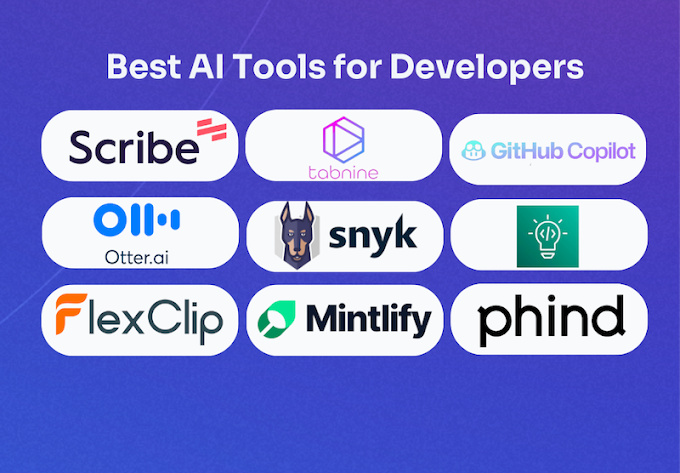Developing your website involves not only creating a visually appealing design but also ensuring functionality, usability, and engagement. Here are ten ideas to consider when developing your website:
Responsive Design: Ensure your website is optimized for various devices, including desktops, laptops, tablets, and smartphones. Responsive design ensures that your site looks and functions well across different screen sizes and resolutions.
Clear Navigation: Design an intuitive navigation menu that makes it easy for visitors to find what they're looking for. Use clear labels and logical grouping to organize your content and guide users through your site seamlessly.
Compelling Visuals: Incorporate high-quality images, videos, and graphics that enhance the visual appeal of your website and effectively communicate your brand message. Use visuals strategically to capture attention and engage visitors.
Fast Loading Speed: Optimize your website's performance to ensure fast loading times. Compress images, minimize HTTP requests, and leverage caching techniques to reduce loading times and provide a smooth browsing experience for users.
Search Engine Optimization (SEO): Implement SEO best practices to improve your website's visibility in search engine results. Optimize your content, meta tags, and URLs, and incorporate relevant keywords to attract organic traffic and increase your site's ranking.
Engaging Content: Create compelling and informative content that resonates with your target audience. Publish blog posts, articles, case studies, or videos that address their needs, interests, and pain points, and encourage interaction and sharing.
Interactive Elements: Incorporate interactive elements such as quizzes, polls, surveys, or calculators to engage visitors and encourage participation. Interactive content not only enhances user experience but also provides valuable insights into user preferences and behavior.
Social Media Integration: Integrate social media buttons and widgets into your website to facilitate social sharing and increase brand visibility. Allow visitors to easily connect with your social media profiles, share content, and engage with your brand across different platforms.
Personalization: Implement personalization features that tailor the user experience based on individual preferences, behavior, or demographics. Use cookies, user accounts, or third-party tools to customize content, recommendations, and offers for each visitor.
Accessibility: Ensure your website is accessible to users with disabilities by adhering to web accessibility standards such as WCAG (Web Content Accessibility Guidelines). Provide alternative text for images, use semantic HTML markup, and design with color contrast and keyboard navigation in mind.
By incorporating these ideas into your website development process, you can create a user-friendly, visually appealing, and engaging website that effectively communicates your brand message and achieves your business objectives.






0 Comments
Thanks for comment.